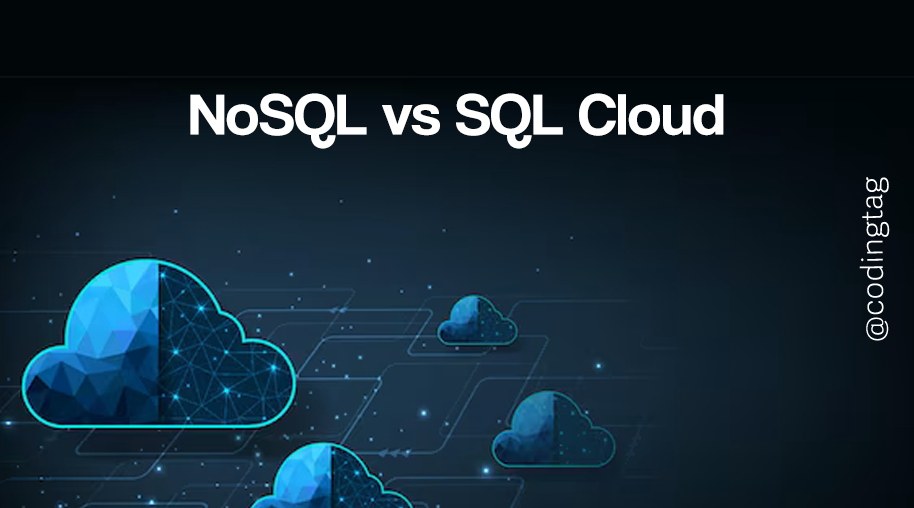Data Replication Methods
0 588
🔁 Understanding Data Replication Methods
In today's distributed systems and cloud-first world, ensuring data availability and fault tolerance is critical. Data replication is the process of copying and maintaining database objects across multiple servers or locations. It’s the backbone of high availability, disaster recovery, and performance optimization strategies.
📌 Why Is Data Replication Important?
Whether you're scaling read-heavy applications or building disaster-resilient architectures, data replication allows systems to remain online and consistent. Here are a few key benefits:
- Improved data availability and fault tolerance
- Faster read access from geographically closer regions
- Reliable backup and disaster recovery
- Enhanced load balancing
🔄 Types of Data Replication
There isn’t a one-size-fits-all method. Choosing the right replication strategy depends on consistency requirements, latency tolerance, and system complexity.
🧩 1. Snapshot Replication
This method copies the entire dataset at regular intervals. It’s simple but not suitable for real-time or frequently changing data.
-- SQL Server Example: Create a snapshot
CREATE DATABASE db_snapshot AS SNAPSHOT OF production_db;Use Case: Static reporting, staging environments
⚙️ 2. Transactional Replication
This method replicates data continuously as transactions occur. It ensures high consistency between source and target systems.
# AWS DMS JSON mapping for transactional replication
{
"rules": [
{
"rule-type": "selection",
"rule-id": "1",
"rule-name": "1",
"object-locator": {
"schema-name": "public",
"table-name": "%"
},
"rule-action": "include"
}
]
}Use Case: High-volume, real-time applications
🧵 3. Merge Replication
In this method, data changes from both the source and target are tracked and merged. It handles bidirectional updates but can be complex to manage.
-- SQL Server merge replication setup (T-SQL)
EXEC sp_addmergepublication
@publication = N'MyMergePub',
@sync_mode = N'native',
@retention = 14;Use Case: Mobile and remote applications with offline data editing
🚀 4. Asynchronous vs Synchronous Replication
Replication can also be categorized by timing:
- Synchronous: Writes are confirmed only after data is replicated. Ensures strong consistency but can slow down transactions.
- Asynchronous: Data is replicated after commit. Faster writes, but at the cost of potential data lag.
# Example: MongoDB replication configuration (asynchronous by default)
rs.initiate({
_id: "rs0",
members: [
{ _id: 0, host: "db1.local:27017" },
{ _id: 1, host: "db2.local:27017" },
{ _id: 2, host: "db3.local:27017" }
]
});🌍 5. Multi-Master Replication
Multiple nodes can accept writes, and changes are propagated across the network. Requires conflict resolution mechanisms.
Use Case: Global applications, collaborative platforms
📡 6. Log-Based Replication
This method reads from database transaction logs to replicate changes efficiently. It's ideal for low-latency replication without putting load on the source DB.
# PostgreSQL: Logical replication setup
CREATE PUBLICATION mypub FOR TABLE users;
CREATE SUBSCRIPTION mysub
CONNECTION 'host=target port=5432 dbname=targetdb user=repuser password=pass'
PUBLICATION mypub;Use Case: Change data capture (CDC), analytics
🔐 Security Best Practices in Replication
- Use SSL/TLS for data-in-transit encryption
- Limit replication access using IAM or role-based permissions
- Enable logging and auditing on replication actions
- Encrypt data at rest using KMS or database-native tools
🧪 Testing and Monitoring Replication
Replication failures can go unnoticed without proper monitoring. Here’s how you can stay ahead:
- Set up CloudWatch alerts (AWS) or Prometheus metrics (self-hosted)
- Perform regular integrity checks between source and replica
- Automate replication lag tracking
# Example: Monitor replication lag in PostgreSQL
SELECT
now() - pg_last_xact_replay_timestamp() AS replication_lag;🎯 Final Thoughts
Data replication methods vary depending on your goals—whether it's ensuring high availability, offloading reads, or building a robust disaster recovery system. By choosing the right approach and testing it well, you can build resilient systems that keep your data safe and accessible.
Replication isn’t just a technical feature—it’s a strategic enabler of reliability and performance.
If you’re passionate about building a successful blogging website, check out this helpful guide at Coding Tag – How to Start a Successful Blog. It offers practical steps and expert tips to kickstart your blogging journey!
For dedicated UPSC exam preparation, we highly recommend visiting www.iasmania.com. It offers well-structured resources, current affairs, and subject-wise notes tailored specifically for aspirants. Start your journey today!

Share:







Comments
Waiting for your comments